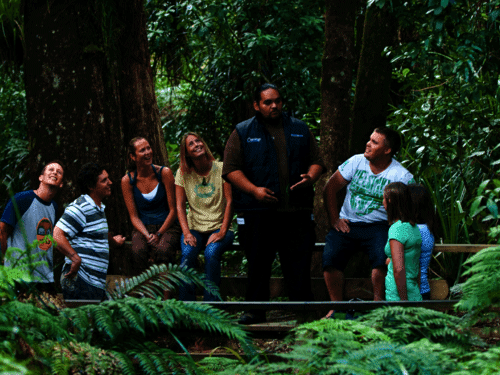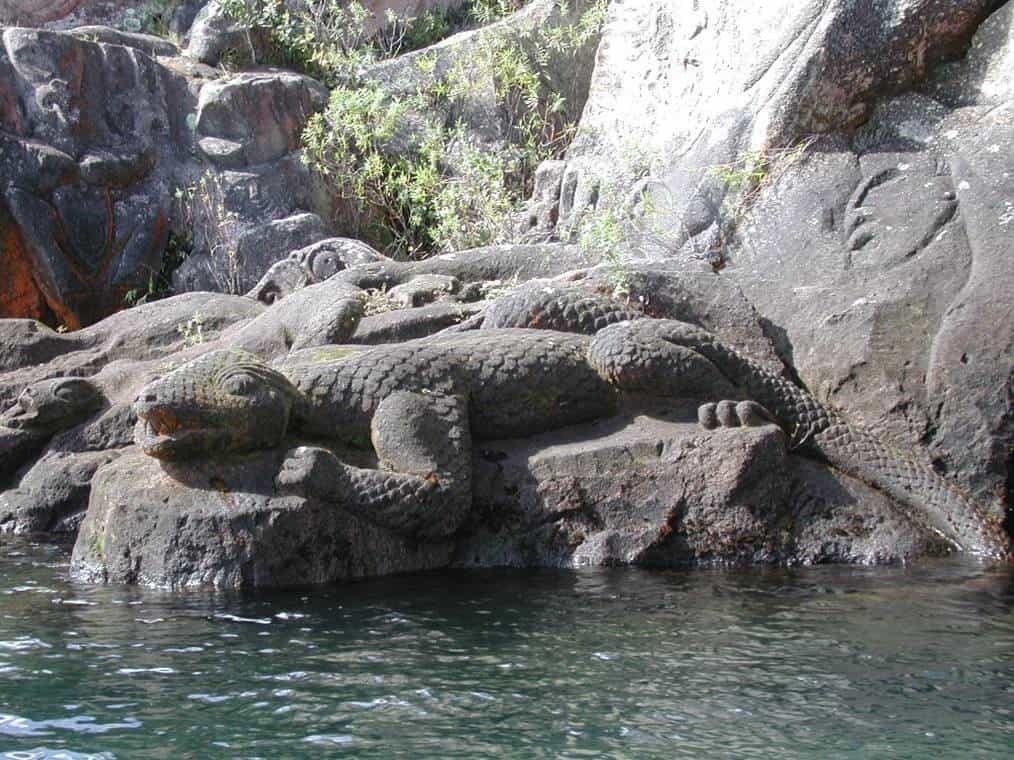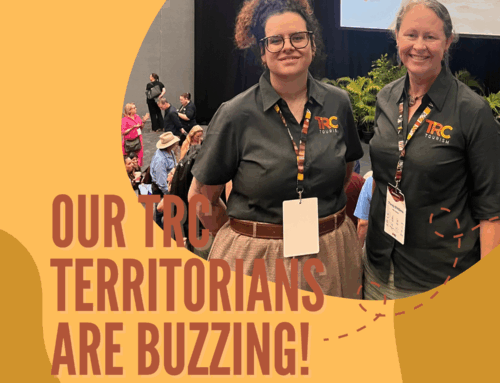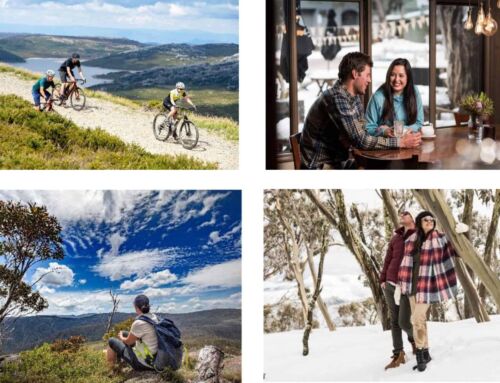Māori Tourism in Aotearoa, New Zealand has been described in the past as a ‘sleeping taniwha’. For those who aren’t familiar, taniwha are supernatural creatures that exist in Māori traditions and folklore, similar to a serpent or a dragon in other cultures. Visitors who choose Aotearoa, New Zealand as a holiday destination might do so for a different reason but engaging with and learning more about the indigenous Māori culture while they are here definitely goes high on their must-do list.
Over half of the Māori enterprises that currently operate within New Zealand classify themselves as activities and experiences. Some of these are operators whose core activity might not be a cultural experience, but the delivery of the experience has a distinctly Māori cultural flavour. For example, a Jet Boat operator that includes elements of Māori stories in the rhetoric they deliver on tour, or a guided tour through a wetland forest that highlights not only the native species, but the holistic healing and purpose of these flora for Māori.
Historically, the majority of cultural experiences in New Zealand revolved around performing arts, and aspects of how Māori once lived and thrived in this new world. Visitors to New Zealand can still engage with these experiences, and operators provide a professional, entertaining and educational experience for guests through their doors.
There has been a move in recent years to a more story-based experience that tell the history of the local Māori people and the landscapes in which they have taken place. These operators connect the people with the landscapes through stories and cultural interpretation that take visitors on a journey. It is possible to travel throughout New Zealand engaging with these experiences and capture a chapter of a broader story that will lead you from Te Rerenga Wairua, at the very top of the North Island all the way to Rakiura, Stewart Island in the South.

Māori have been in the tourism sector for a long time, and many whanau (family) hapū (subtribes) and iwi (tribes) are looking to tourism as an opportunity to see them achieving their aspirations. These experiences would not only assist in the stimulation of economic growth but would also improve social health and well-being within their communities.
So, where once the term sleeping taniwha might have only referred to the value of the Māori tourism sector to the broader visitor economy, it is now more a reference to how the sector can improve Māori communities throughout Aotearoa, New Zealand. A sleeping taniwha, resting below the surface of the water at the bottom of the ocean, whose tail is starting to move. When the taniwha is completely awake, it may transform the future of smaller Māori communities and perhaps the industry itself.






